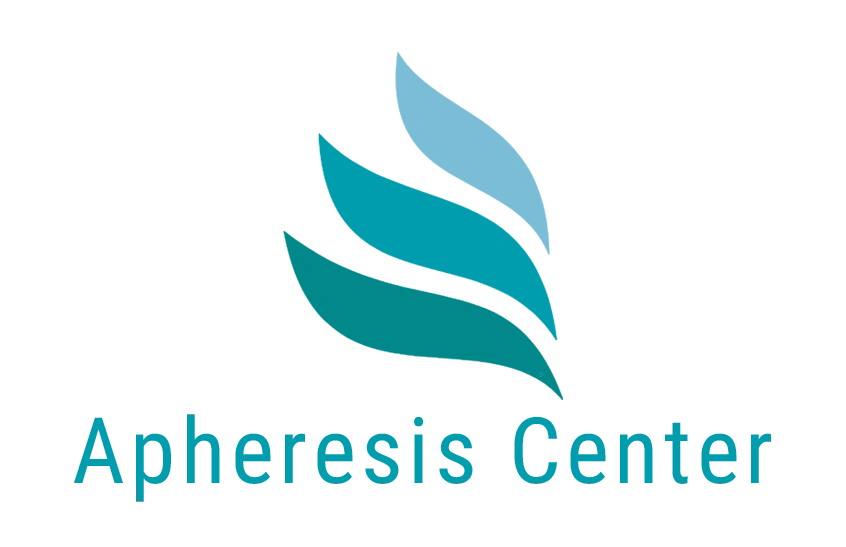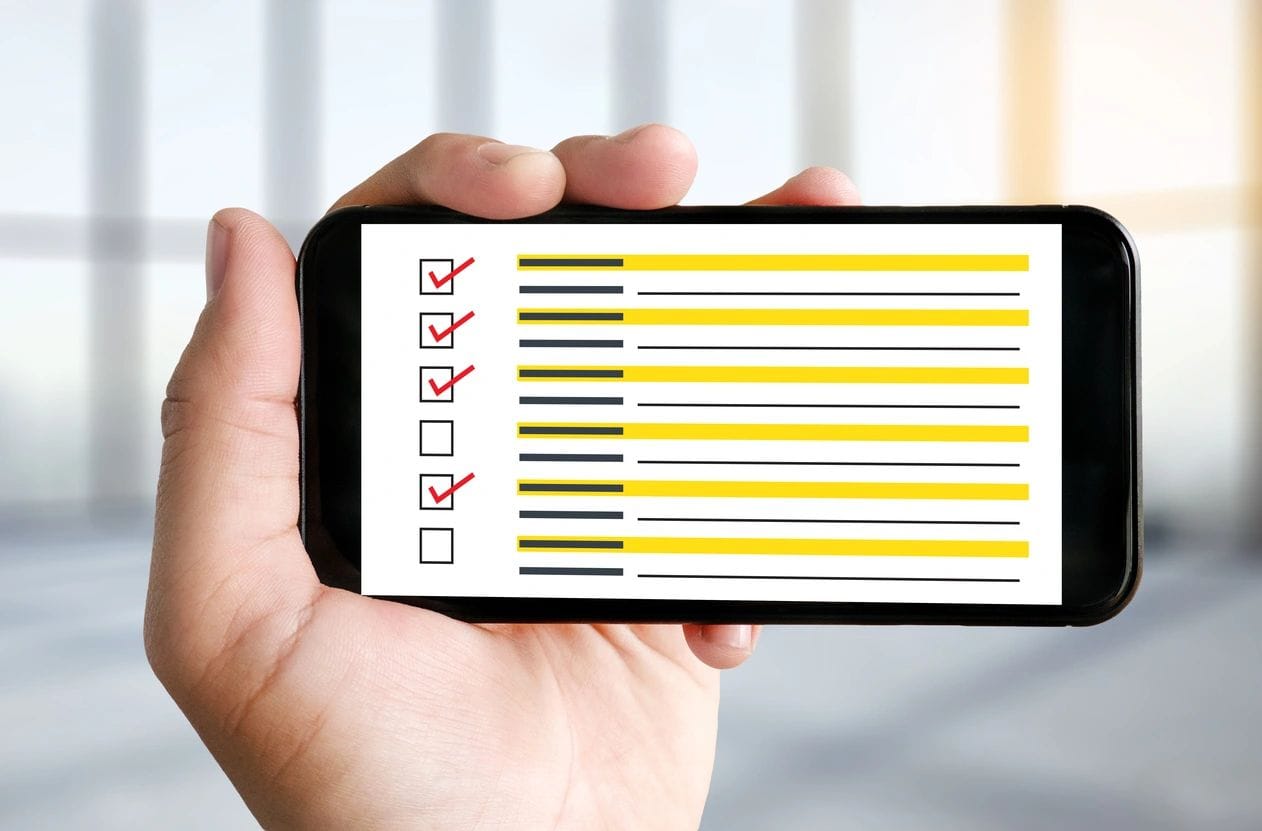著者タニヤ・ヴァルザー
中間を生きる:長いCOVID回復における神経系
5月は「メンタルヘルス啓発月間」であり、慢性疾患と心の健康の深いつながりを探るタイムリーな機会です。長期のCOVID回復を目指す人々にとって、メンタルヘルスはしばしば、症状の予測不可能性だけでなく、理解され始めたばかりの神経学的・神経系の変化によって、課題となる。
Long COVID isn’t just “in your head” – but it does affect your brain and nervous system in powerful ways. Research shows how post-viral inflammation and nervous system dysregulation can lead to anxiety, brain fog, low mood, and emotional fatigue. By understanding how the nervous system is impacted, we can create more compassionate and effective strategies to support the body and mind through recovery.
COVIDの神経系への影響期間
One of the reasons Long COVID is so challenging is that it often impacts multiple branches of the nervous system – central, autonomic, and peripheral. Let’s briefly look at each.
1.中枢神経系(CNS)
中枢神経系には脳と脊髄が含まれる。神経画像診断を用いた研究によると、COVIDの一部の患者では、神経炎症、灰白質の変化、記憶や感情に関連する領域の変化がみられる。これは、以下のような症状を説明するのに役立つと思われる:
- Difficulty concentrating or remembering things (“brain fog”)
- 気分変動や気分の落ち込み
- 感覚過敏(光、音、人ごみ)
2.自律神経系 (ANS)
The ANS controls automatic bodily functions like heart rate, blood pressure, digestion, and temperature regulation. For many with Long COVID, this system becomes dysregulated – a condition often referred to as dysautonomia. This can manifest as:
- 動悸や心臓の高鳴り(特に立っているとき)
- めまいやふらつき(体位性頻脈症候群様症状)
- 消化器系の問題
- 睡眠障害
- ストレス反応の亢進または長期化
このような常に "脅威 "を感じる状態は、身体を交感神経優位の状態に追いやり、治癒や休息を難しくする。
3.末梢神経系 (PNS)
Though less commonly discussed, the PNS can also be affected. Some people report tingling, burning, or numbness in limbs – a sign of small fibre neuropathy.
メンタルヘルスがしばしば影響を受ける理由
If you’ve found yourself feeling more anxious, emotionally flat, or mentally exhausted, you’re not alone – and you’re not imagining it.
When the nervous system is inflamed or dysregulated, the brain’s ability to modulate mood, manage stress, and process emotions is affected. Your internal resources are stretched thin, and the usual coping strategies may feel less effective. Some contributing factors include:
- うつ病や認知機能の変化に関連する神経炎症
- コルチゾールとHPA軸の調節障害:エネルギー、意欲、回復力を変化させる。
- 感情調節や記憶に影響を及ぼす睡眠障害
- 自律神経の興奮により、「スイッチを切る」ことやリラックスすることが難しくなる。
また、医療界や社会全体から誤解されている慢性疾患とともに生きることの精神的負担もある。
The nervous system isn’t an isolated structure – it’s part of a dynamic, adaptive system that responds to environment, lifestyle, trauma, and inflammation. Supporting it doesn’t require perfection. Instead, it’s about providing the body with consistent signals of safety, nourishment, and regulation.
ここでは、神経系の回復と回復力をサポートする、エビデンスに基づいた戦略を紹介する。
1.神経系に逆らわず、一緒に働く
Pushing through fatigue, ignoring symptoms, or trying to “power through” a crash often backfires. Instead, adopt the concept of pacing with self-compassion. This means:
- 現在のエネルギーレベルに合わせて活動を計画する
- 罪悪感なく休息できるようにする
- 経時的なパターン(エネルギー、睡眠、ストレス要因)の追跡
Many people find daily rhythms and predictability calming for the nervous system – even if your capacity is low. A simple morning or bedtime ritual can anchor your day.
2.迷走神経サポート
The vagus nerve is a key player in regulating the parasympathetic (rest-and-digest) state. You can’t will yourself into relaxation – but you can send gentle signals that it’s safe to soften. Low-effort techniques include:
- Slow diaphragmatic breathing (e.g., inhale for 4, exhale for 6–8)
- Humming, chanting, or singing (activates vagal tone)
- Cold water splashes on the face (brief and not extreme)
- Gargling (stimulates vagus through throat muscles)
- バーチャルでも安全な社会的つながり
これらは小さなことに思えるかもしれないが、時間をかけて神経系を訓練し、より安定したベースラインへと導いていく。
3.穏やかなソマティック・プラクティス
Somatic (body-based) approaches can help discharge stress and build interoception – your ability to sense internal signals. Practices that can be tailored to energy levels include:
- リストラティブ・ヨガまたはヨガニドラ
- ボディスキャンとグラウンディング・エクササイズ
これらの実践は、身体を防御的な状態から開放的で修復的な状態へと移行させる。
4.マイクロ・モーメント・オブ・セーフティ
If you’ve been living with heightened threat signals – physically or emotionally – your nervous system may be in a chronic state of hypervigilance. Even tiny moments of felt safety are powerful. Try:
- 日光または自然光の下で座る
- 柔らかい毛布に包まれる
- 心を落ち着かせる音楽や自然の音を聴く
- 心を落ち着かせるイメージを見る(木、海、ペットなど)
- 五感を刺激する(エッセンシャルオイル、ハーブティーなど)
These aren’t “nice extras” – they’re information. You’re showing your nervous system it’s safe to shift gears.
5.レジリエンスをやさしく回復させる
Nervous system regulation isn’t about “bouncing back” quickly – it’s about building capacity over time. This might include:
- Prioritising consistent sleep-wake times (even if sleep is fragmented)
- Taking tech breaks to reduce sensory overload
- Spending brief time in nature or natural environments
- Setting gentle boundaries to avoid overwhelm
身体が信頼するようになる、小さな、繰り返しできる習慣を探す。
身体は治し方を覚えている
Recovery from Long COVID is complex, but the body is not broken – it’s responding intelligently to overwhelming input. Nervous system support doesn’t promise instant results, but it lays a foundation for gradual, sustainable healing.
During Mental Health Awareness Month, it’s important to acknowledge that mental health is physical health – especially in conditions like Long COVID. Nervous system care is a vital part of recovery, not an optional extra. You are not weak for struggling – your body is doing its best to protect you.
たとえ曲がりくねっていても、前進する道はある。
If you’re curious about how functional medicine health coaching could help in your own Long COVID recovery, Tanja offers a free 20-minute conversation to explore what next steps might feel most supportive for you. Click here to book a time that suits you.


